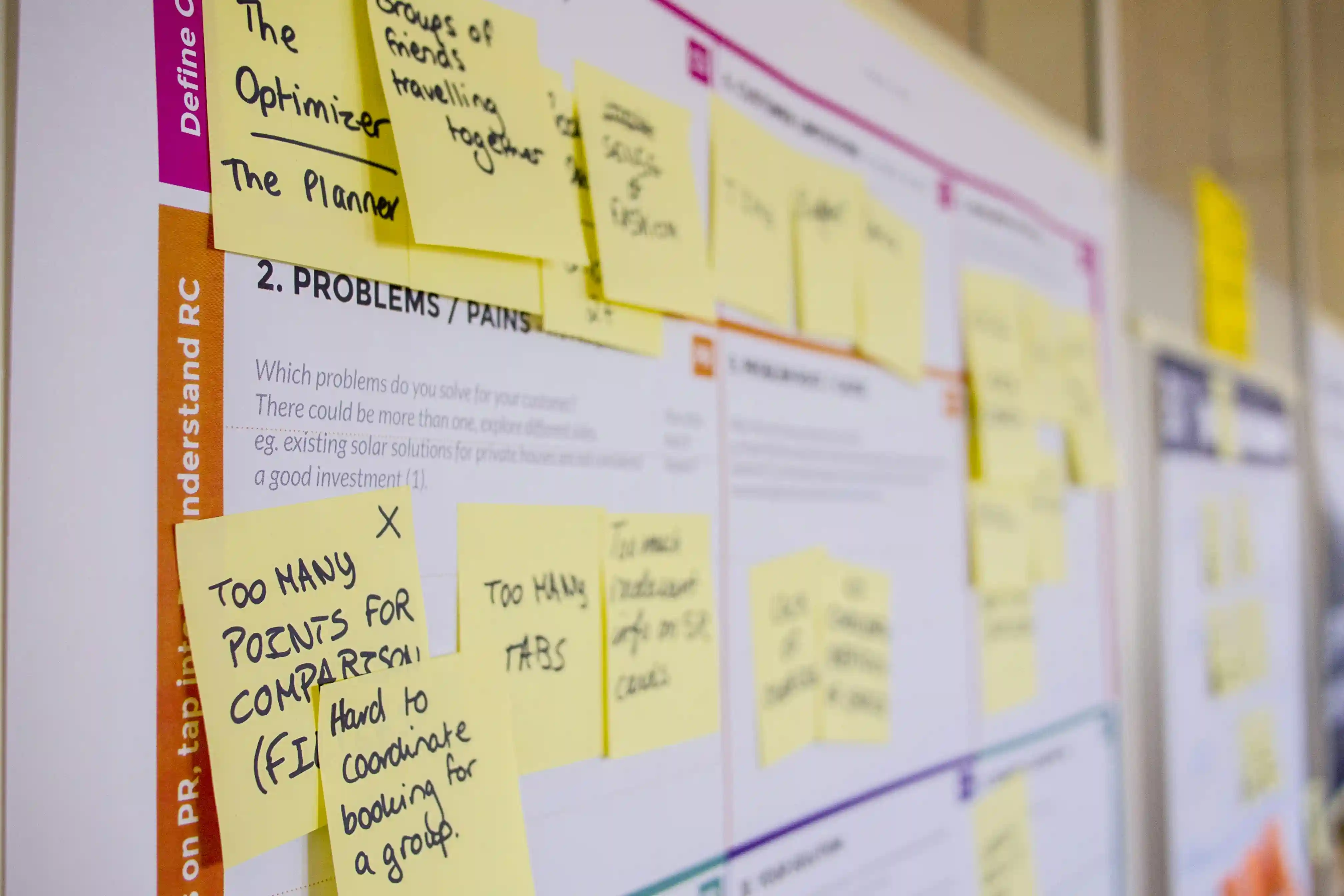Discover How Kanban Can Revolutionize Your Project Management
Introduction
Kanban is a visual work management method that allows for better organization, reduces bottlenecks, and supports continuous process improvement. In this article, you will learn its key principles and how to easily adopt it.
The Basics of Kanban
- Visual board: Represent tasks on a board divided into columns (To Do, In Progress, Done).
- WIP limit (Work In Progress): Set a maximum number of tasks in progress to avoid overload.
- Continuous flow: Tasks move forward without a predefined time cycle, promoting constant adaptation.
- Continuous improvement: Regularly analyze performance and adjust the process.
- Flexibility: Add or modify tasks at any time based on priorities.
Benefits of Kanban
- Increased visibility: Everyone can see the status of tasks at a glance.
- Reduced bottlenecks: Bottlenecks are easily identified.
- Team autonomy: Teams can organize their work without relying on a strict framework.
- Gradual improvement: Changes are incremental and easily testable.
Kanban in Practice
To get started with Kanban, begin by listing your tasks, then organize them on a board. Limit the number of tasks per column to identify bottlenecks. Set up simple rituals such as a daily stand-up or a monthly retrospective.
Ideal Use Cases
- Support or maintenance teams
- Projects in constant evolution
- Managing personal or family tasks
- Tracking production or editorial content
Conclusion
Kanban is a simple yet powerful method to improve productivity and clarity within a team or individual project. Thanks to its visual, continuous, and adaptable approach, it integrates perfectly into various contexts.






